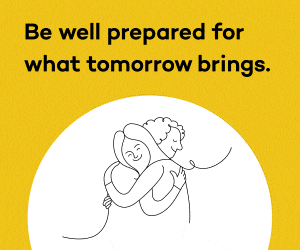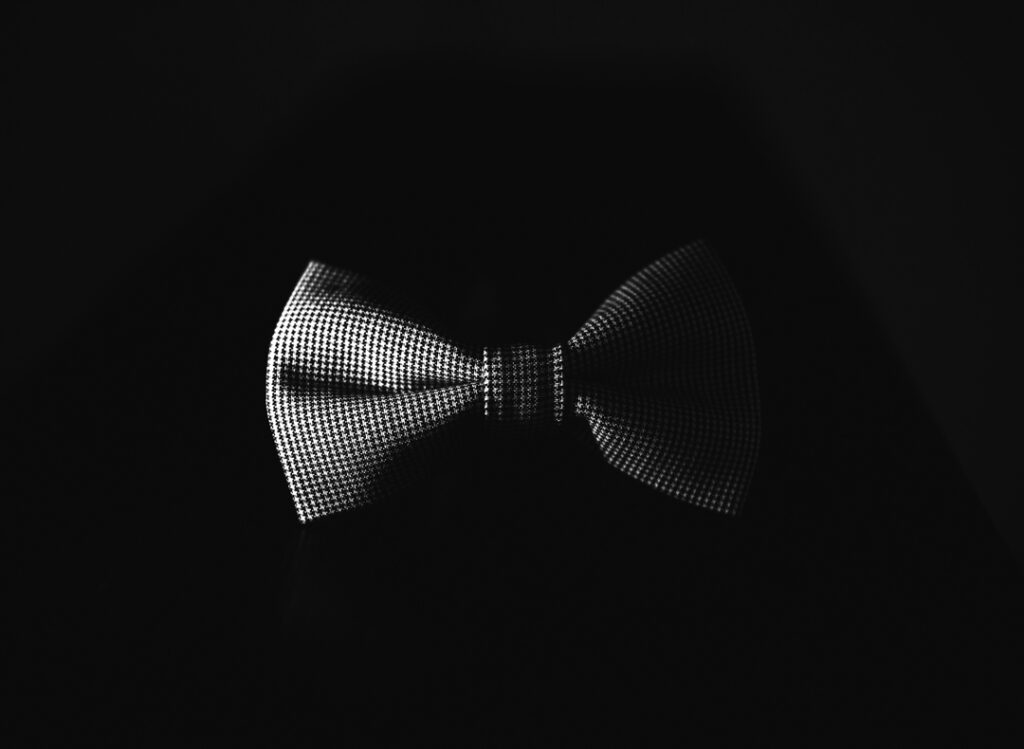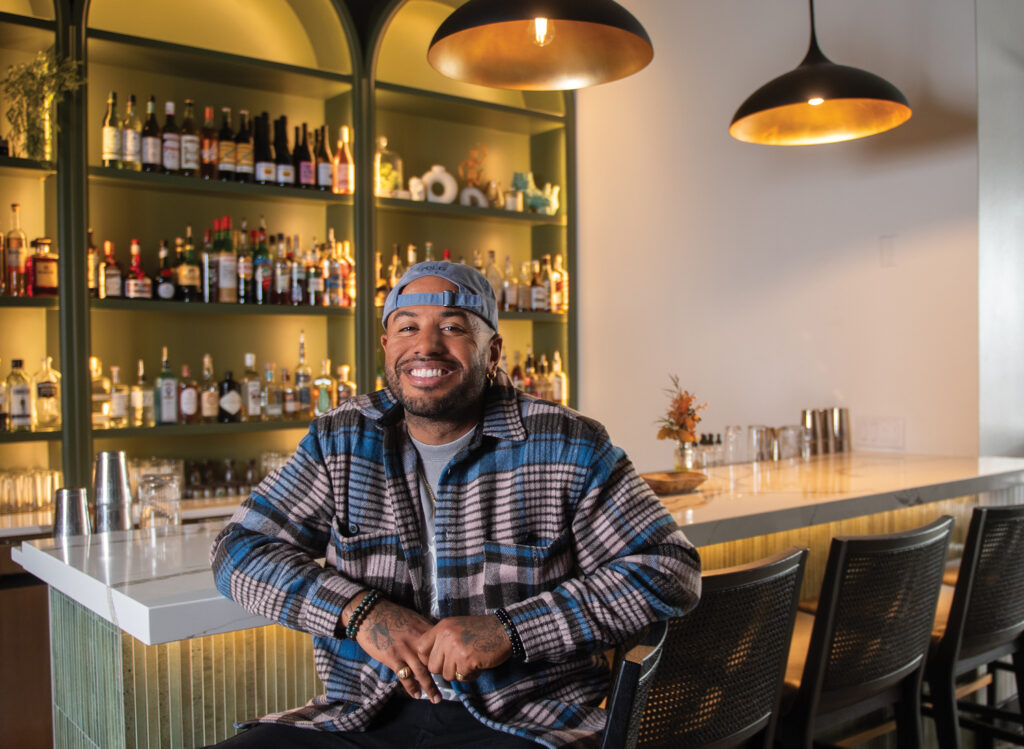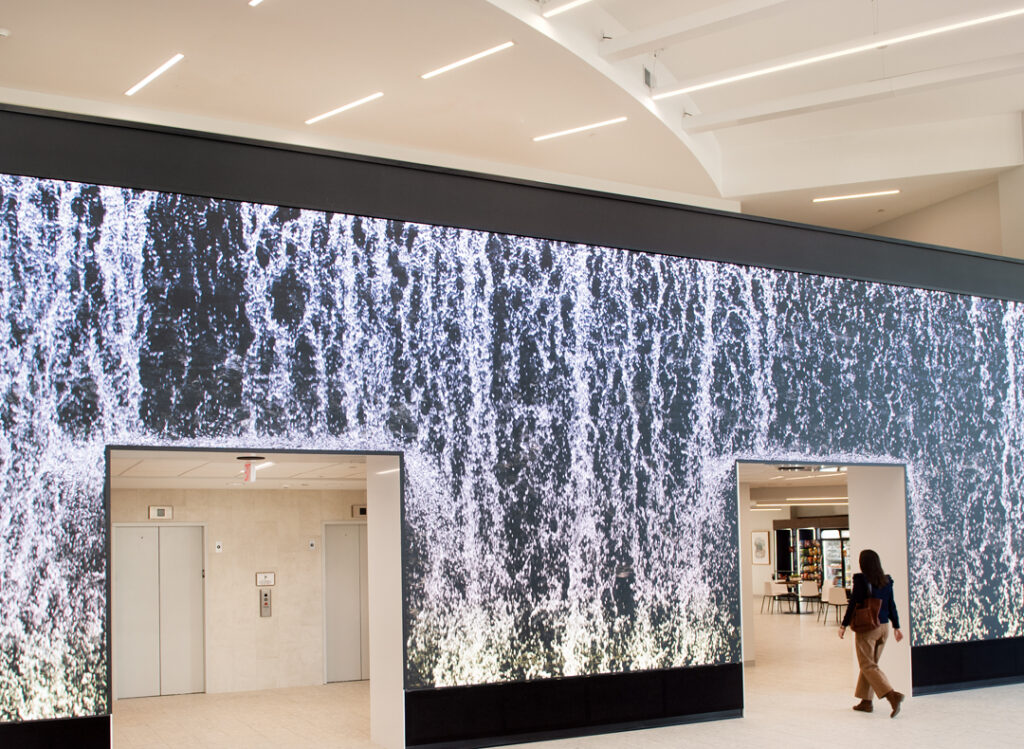The Elbert Files: Iowa caucuses: Turnout is key

After next week’s Iowa caucuses, we can turn our attention to more important matters, like whether the Iowa State and Iowa basketball teams might face each other in this year’s NCAA Tournament.
Until then, here are some final thoughts about the caucuses.
Turnout is key to whatever happens.
The record year for participation in the Iowa caucuses was 2008, when nearly 240,000 Democrats and 120,000 Republicans showed up. That was roughly 18 percent of all registered voters, which may seem small but was nearly twice the turnout of any of the 14 other states that held presidential caucuses that year.
As I write this, there are 12 Republican candidates, which is four more than the record year of 1996 when eight Republicans competed in Iowa.
With that many candidates, Republican turnout could top 150,000. Also with a field that large, it’s unlikely that the winner will get much more than 40,000 votes. Success for most candidates will be turning out 20,000 voters.
In past Republican caucuses, only two winners reached 40,000: Mike Huckabee, who received about 40,700 votes when he won Iowa in 2008, and Bob Dole, who had about 40,200 in his 1988 victory. Of course, Republican caucus “votes” are virtually meaningless, because unlike the Democrats, there is no direct connection between caucus night results and delegates. The Republican ballot on Monday is merely a straw vote with no legally binding impact.
Nor has there ever been a strong connection between the top Republican caucus vote-getter in Iowa and the party’s eventual nominee.
In the six contested Republican caucus contests since 1980, only once did the Iowa winner go on to be elected president: George Bush in 2000. The only other Iowa winner to capture the party’s nomination was Bob Dole in 1996.
Iowa Democrats have a better record. In seven contested caucuses since 1976, the Iowa caucus winner went on to become the nominee five times, with two – Jimmy Carter and Barack Obama – winning it all.
While the Democrats’ attendance record of nearly 240,000 was set in 2008, that number is considered an anomaly because of all the first-time caucusgoers that Obama attracted that year.
In earlier contests, Democrats tended to turn out about the same number of caucus participants as Republicans, roughly between 100,000 and 125,000 in competitive years.
This year, both Hillary Clinton and Bernie Sanders want to replicate Obama’s success with newcomers, but so far there is little evidence that either will. Vote totals are meaningless for Democrats, who do not use ballots.
Instead of voting, Democrats select county convention delegates based on complicated proportionality rules that require a minimum support threshold of 15 percent at each caucus site. County and district conventions later use similar rules to select delegates to the state convention, which chooses national delegates.
The Democrats’ complicated system presents a unique opportunity for the third Democrat in this year’s race, Martin O’Malley, who is polling in the single digits.
O’Malley could ingratiate himself to Clinton, who most pundits believe will be the eventual nominee but now looks like she could lose Iowa. O’Malley could tell his supporters to join Clinton supporters at caucus sites where O’Malley doesn’t meet the 15 percent threshold.
That might help prevent Clinton from reliving 2008, when she slid to third place in Iowa behind Obama and John Edwards.
For Iowans who can’t get enough caucus politics, Drake University’s Rachel Paine Caufield is the author of “The Iowa Caucus,” a 96-page book of photos featuring the 75 men and three women who have competed in the Iowa caucuses since 1976. The book can be purchased at Beaverdale Books, 2629 Beaver Ave. in Des Moines.











